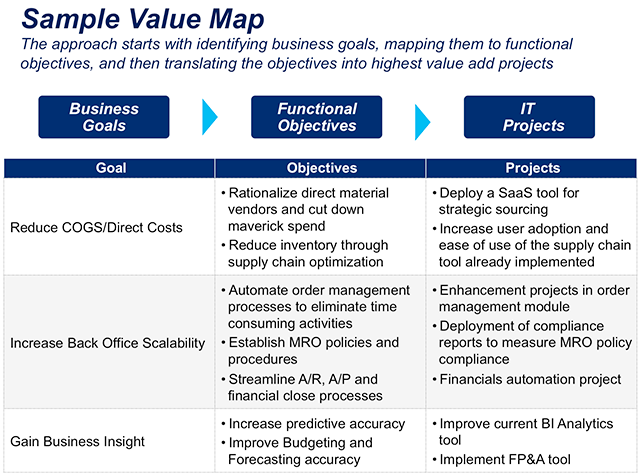CIO’s Tale of Two Cities: Growth vs. Cost Control
post by Chris Curran on September 3, 2015
Guest post by Suheb Siddiqui
“It was the best of times, it was the worst of times, it was the age of wisdom.” Charles Dickens might as well have been writing about the CIO’s situation today.
Last week, I brainstormed with a CEO of a fast growing organization. His CIO was a part of the discussion as well. They were excited about expanding their business into a complementary area by building a new product line. However, they were equally concerned about controlling OpEx, especially in IT, just in case global socio-economic factors turn the market upside down, and the aging bull decides to rest a bit.
Later that week, a CIO from an established, stable organization shared similar input with me. They want to expedite time-to-market for their growth areas, but want to keep a tight rein on the IT budget, just in case.
I reviewed our annual CEO survey for 2015 to see if the trends I was observing were global in nature, or if they were anecdotal. A few interesting pieces of data stood out:
● 54% of CEOs are very confident in their company’s prospects to grow revenue
● 60% of CEOs see more threats to their business today from direct and indirect sources, than there were three years ago
● 88% of global CEOs believe technology can help deliver their operational efficiency objectives
These data points prompted me and my team to step back and analyze the various strategies that our clients have deployed in similar situations. We questioned whether a CIO in such a situation should focus on budget control at the risk of under-investing in business growth, or should she or he take a growth bias but risk overcommitting to budgets that may not sustain in a down market? How were our most successful clients handling this dilemma?
The answers can be found in two broad categories:
Understand, benchmark, and rationalize current OpEx
Perform a budget analysis:
- Maps IT costs, at least at a high level, to each business unit, product line, and business function.
- Successful CIOs keep a refreshed budget breakdown at hand as a good baseline in case budgets need to be defended during annual planning cycles or abnormal business situations.
- Benchmark budgets against industry peers in a comparative analysis:
- How does your budget compare to industry average? This is probably one of the most frustrating questions that CIOs have to answer when their budgets get compared to an off the shelf industry average published by a research organization.
- As CIOs know, there is much more to an IT budget than simply a total number. How many projects is the organization running? How mature is the IT organization? Is the business going through changes that require higher support from IT?
- Leading CIOs benchmark their IT costs taking such nuances into account.
Over index toward strategic business priorities
Focus on growth:
- Whether their organization is focused on EBITDA growth or revenue growth, a CIO’s first priority should be to build a “value map” starting with corporate strategy to business function level objectives followed by IT projects that can enable those objectives.
- While this sounds obvious, many CIOs struggle with lack of consensus amongst their business users.
- Many CIOs have deployed Project Portfolio Management effectively, but the ability to map the projects to business strategy seems to be limited to only the best in class organizations.
- PwC’s Fit for Growth model for IT provides tools that CIOs can leverage to create such a map and build consensus around the business priorities, not just projects.
- This ensures that the projects that IT is working on, and investing its best resources in, are supportive of corporate strategy. Successful CIOs tend to devote a large amount of their time to such projects while delegating the day-to-day operations to their trusted second tier leadership.
With an overarching control on benchmarked budget, and a laser focus on a few strategic priorities, CIOs can continue to navigate the current market conditions while being meaningful partners to their business leadership.
What is your IT organization’s strategy? Are you more biased toward growth or cost management? We would love to hear from you.
Image shared by Dennis Jarvis




